Winter Energy Security: Can Bulgaria Withstand 2026 Without Russian Gas?
As the winter of 2026 approaches, Bulgaria faces another crucial test of its energy resilience. With Russian gas supplies fully cut since 2022, the country has been forced to diversify sources and reinforce its infrastructure. But is the system ready to handle a harsh winter without disruptions?
Post-Gazprom: Navigating a New Era
The complete halt of Gazprom deliveries in 2022 pushed Bulgaria to rapidly reorient its energy strategy. While the past two winters were manageable — thanks to mild weather and favorable contracts — 2026 brings new uncertainties: volatile markets, unpredictable climate, and tight global LNG supply.
Azerbaijani Gas: A Stable, Yet Limited Lifeline
Bulgaria has secured up to 1 billion cubic meters of natural gas annually from Azerbaijan through the Greece-Bulgaria Interconnector (IGB). This represents roughly one-third of national consumption and is a key pillar of diversification.
However, experts warn that Azerbaijan’s export capacity is finite. If Europe experiences high demand this winter, deliveries could be strained, and prices could spike, especially during peak months.
LNG from Alexandroupolis: Flexible but Expensive
The Alexandroupolis LNG terminal, operational since 2025, is a critical new entry point. Bulgaria participates in its capacity, gaining access to global LNG markets. The terminal handles over 5 bcm annually, offering flexibility in times of supply shocks.
Still, global LNG prices remain volatile. Transport logistics, competition with larger EU countries, and regasification fees make this option costly for Bulgarian end users.
Chiren Storage: Strategic but Limited
As of April 2025, the Chiren underground gas storage facility was over 87% full — more than 567 million cubic meters out of 650 million. That’s enough to cover 15–20% of winter demand.
But if winter proves colder and longer than expected, reserves may only last 6–8 weeks, necessitating rapid resupply.
Interconnectors: Regional Energy Solidarity
Significant progress has been made in integrating Bulgaria’s grid with neighbors: Romania, Serbia, and North Macedonia. These interconnectors enhance regional flexibility and collective crisis response.
In particular, the Vertical Gas Corridor — linking Greece, Bulgaria, Romania, Hungary, and Slovakia — is emerging as a key strategy for Southeast Europe’s energy independence. However, real-time effectiveness will depend on political coordination and available surplus gas.
Looking Ahead: Resilience Under Construction
Bulgaria has made substantial strides in moving away from Russian energy dependence. But the 2026 winter will be a litmus test. Government energy planners are relying not only on imports but also on reducing consumption, boosting renewables, and enhancing grid efficiency.
The challenge is complex: balancing affordability, security, and sustainability. Whether Bulgaria will weather the coming winter smoothly or face another energy scare depends on successful diplomacy, timely logistics, and collective EU action.
You may also like
 The New Year 2026 Brings Challenges and Opportunities for Bulgaria, According to BCCI
The New Year 2026 Brings Challenges and Opportunities for Bulgaria, According to BCCI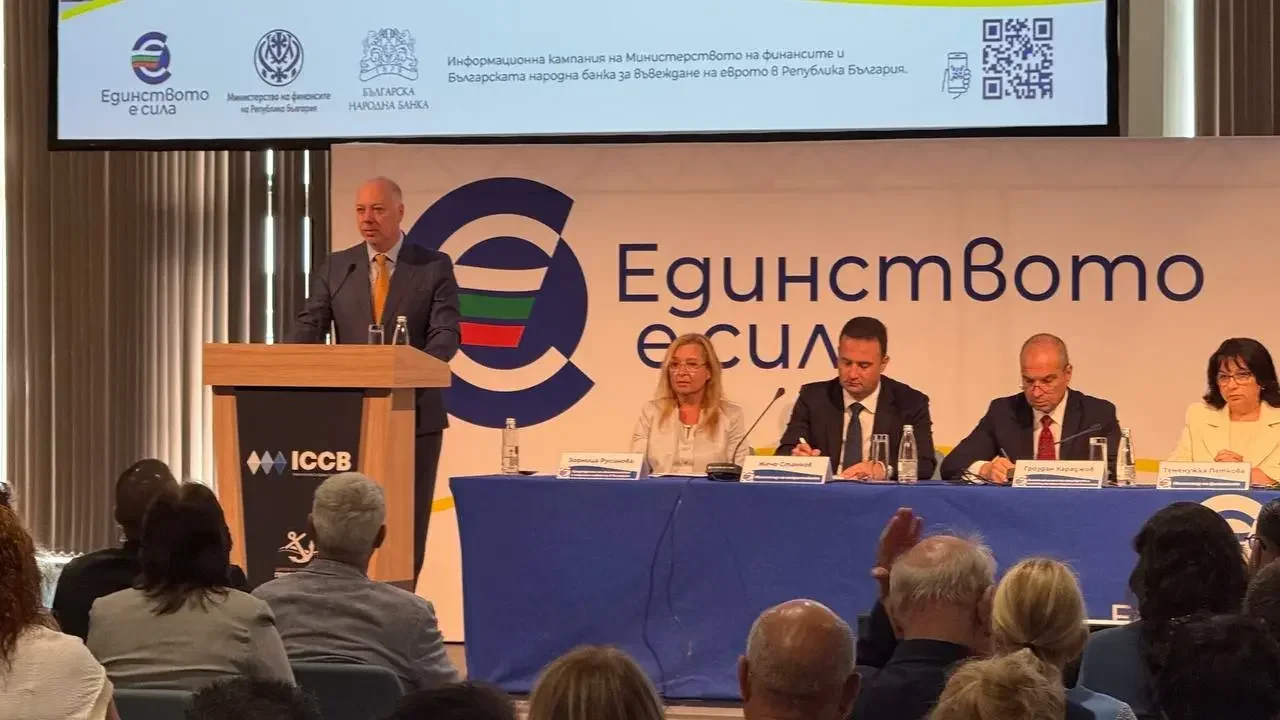 Bulgaria and the US strengthen their strategic partnership in energy and security
Bulgaria and the US strengthen their strategic partnership in energy and security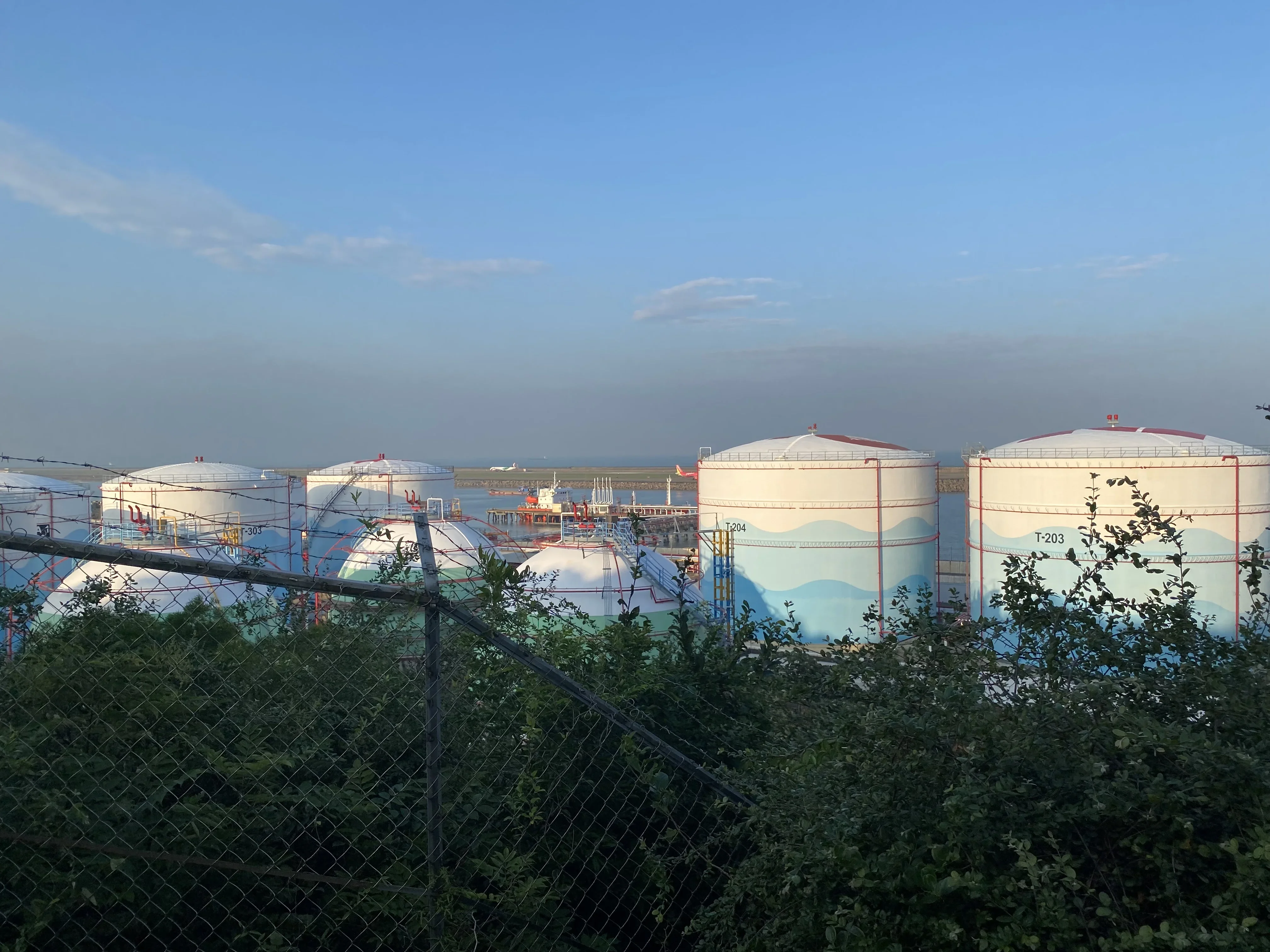 Bulgaria Offers Emergency Fuel Oil Aid to North Macedonia Amidst Energy Crisis
Bulgaria Offers Emergency Fuel Oil Aid to North Macedonia Amidst Energy Crisis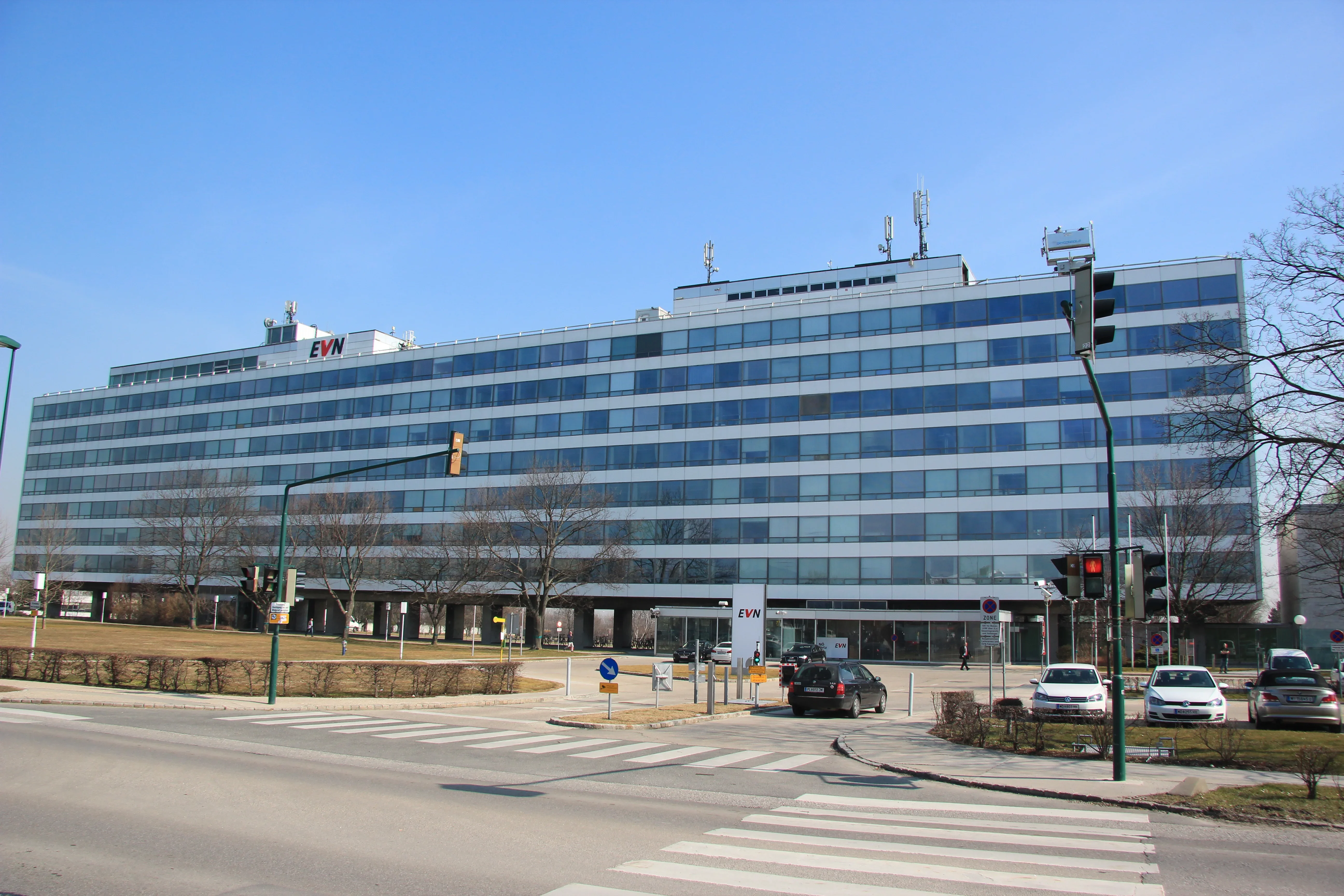 EVN Bulgaria Invests BGN 2.5 Billion in Southeastern Bulgaria Over 20 Years
EVN Bulgaria Invests BGN 2.5 Billion in Southeastern Bulgaria Over 20 Years
Disclaimer:
This article is an analytical review by the BurgasMedia editorial board and reflects the opinion of an expert group based on current political, economic, and social developments.
The conclusions presented are not predictions or factual statements, but a hypothetical interpretation of possible scenarios.
The publication is not responsible for any discrepancies with future developments and encourages readers to form independent judgments based on verified sources.

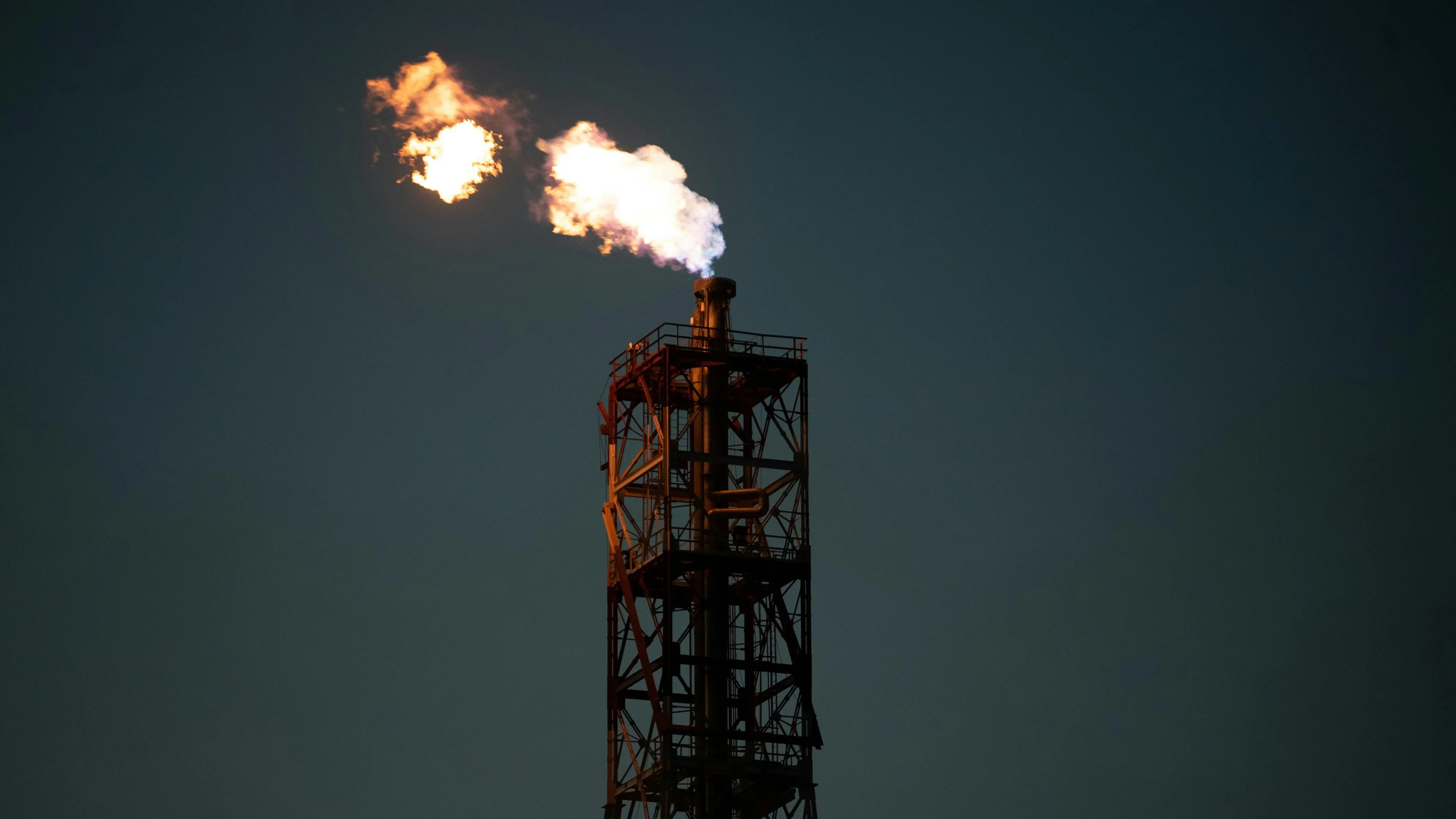
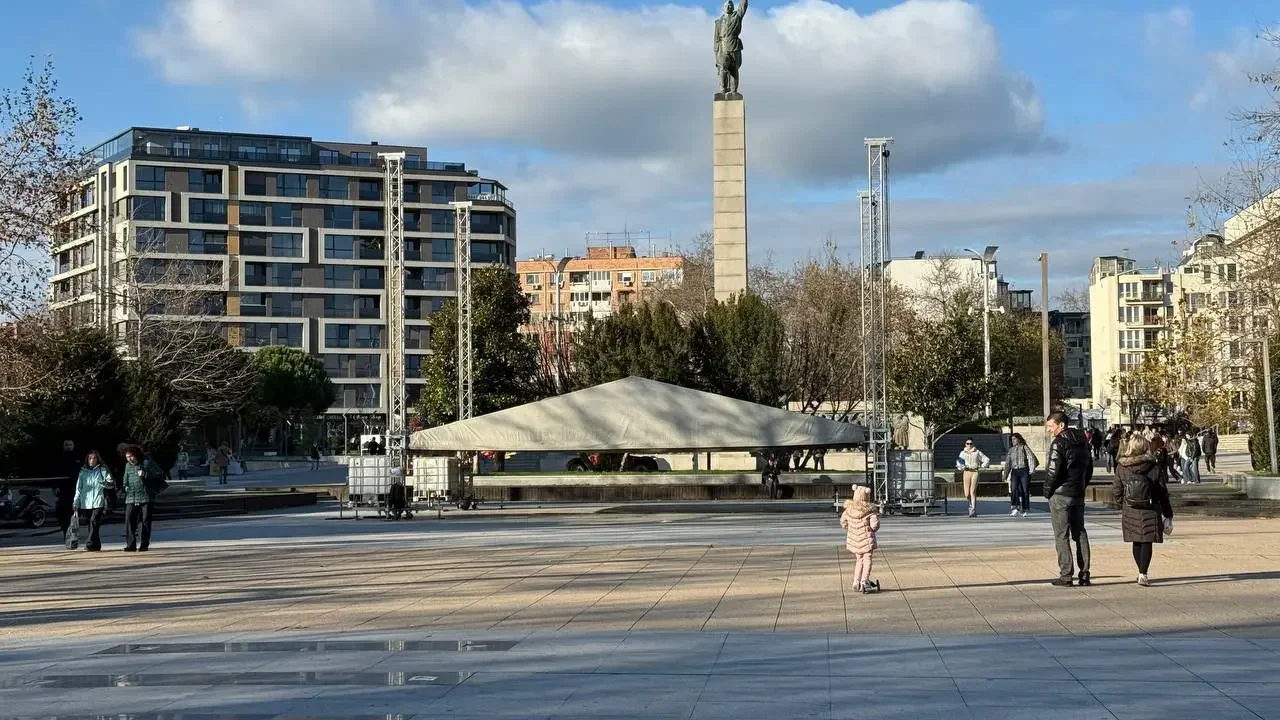

Коментари (0)
Все още няма коментари.